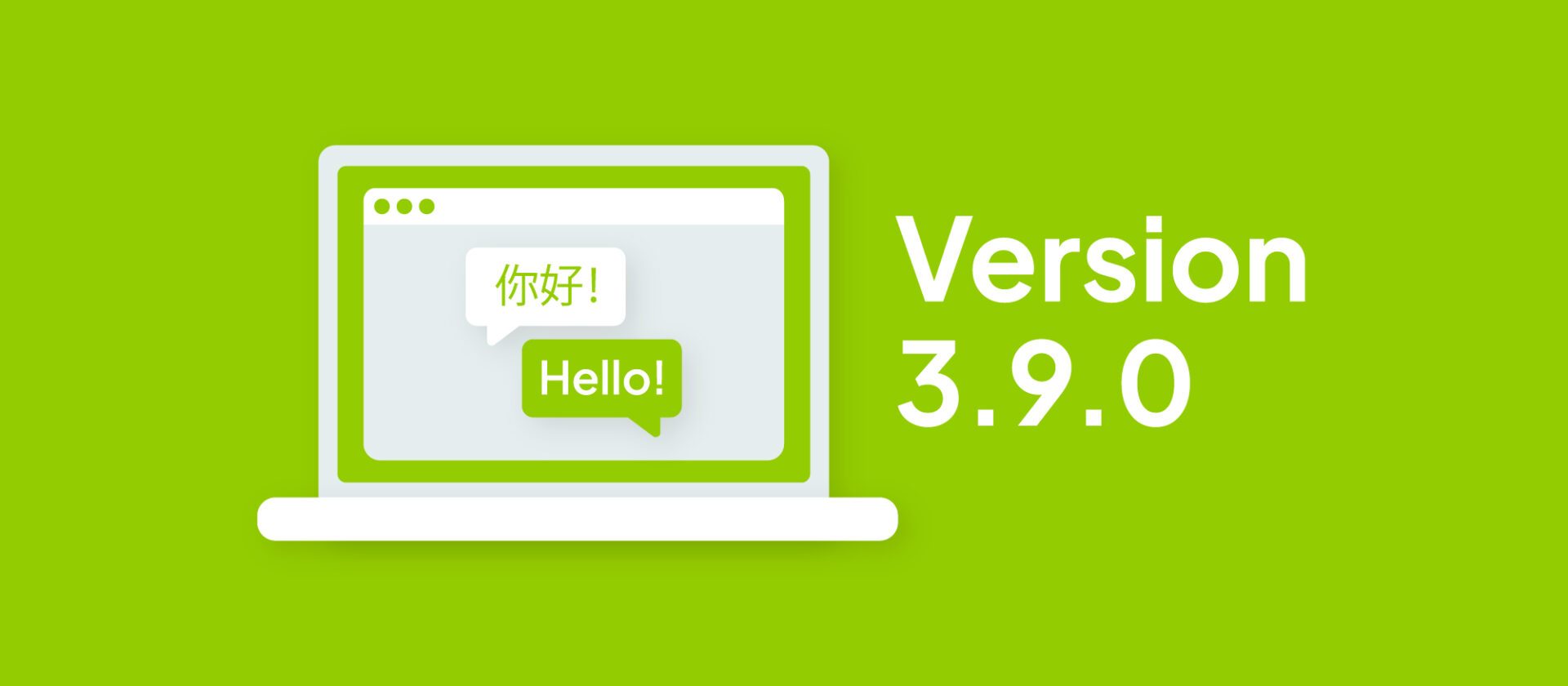MultilingualPress Release 3.9.0 is available now! Other than adding some fixes we have also improved MultilingualPress language functionalities. Here we provide more details about what this release brings.
Move site flags from being additional addon into MLP modules
In MultilingualPress is possible to easily create a language switcher in order to navigate through the different language sites, and besides, we created an additional plugin to automatically add flags to the menu elements.
Now this additional feature is part of MultilingualPress: a module is now available to automatically render the flags in the MultilingualPress language menus.
Let website owners define “Fallback site” per language
Several languages can share the same root while being also slightly different: this is the case for example for the Spanish language which in MultilingualPress is available in several flavors depending on the actual country it refers to. So we can have Spanish for Spain, for Argentine, for Brazil, and so on.
Now, if you need to address several languages which refer to the same root, is possible to define a fallback site related only to that particular set of languages.
So, if you have a language version site for Argentina and a language version site for Spain, but your user has a generic Spanish setting, you can decide in which of your Spanish site will automatically land when accessing your Multisite. This option is the so-called Fallback site.
Do not override WordPress locale and let WordPress default setting to manage the site language
In the previous versions, MultilingualPress language settings always overrode the locale WordPress language settings.
In this new version, we decided to separate these two settings, the first makes it possible to define the locale, which is the language used to translate the WordPress back end; the second setting instead, through MultilingualPress makes it possible to define the language of the site as it is recognized by the user browsers and the search engine spiders.
This separation gives two important advantages: the performance of the code is improved and conflicts are avoided.
In fact, MultlingualPress languages and WordPress locale cannot be mapped in a one-to-one relation, since some language codes in MultlingualPress have no correspondence in WordPress locale: this could lead to some misconfiguration issues.
But now keeping the languages in two separated and independent levels these conflicts are avoided, and the user can configure them appropriately.
MultilingualPress Release 3.9.0 Changelog
Here below you can find the list of all the changes included in MultilingualPress Release 3.9.0.
- Fixed:
- Site duplication drops tables of other sites
- Error on menu item language attributes
- Error when plugin is generated without autoloader
- Unable to translate Gutenberg Reusable blocks
- Remove support for WooCommerce Orders as they are not translatable
- Error upon copying product inventory settings if SKU already exists on remote site
- Original file of the image edited in Media Library is not copied on site duplication
- Remove support for ACF acf-field-group post type as it is not translatable
- Add:
- Update the translation metabox settings only if they are changed
- Store Default Taxonomy Translatable in DB
- Move site flags from being additional addon into MLP modules
- Let website owners define “Fallback site” per language
- Do not override WordPress locale and let WordPress default setting to manage the site language
- Group MLP and WordPress language selection options in 1 place
- Improve language selection UX & add notices about upcoming language setting behavior changes
- Translations for external modules
Here is the complete changelog.

